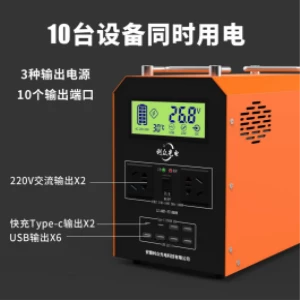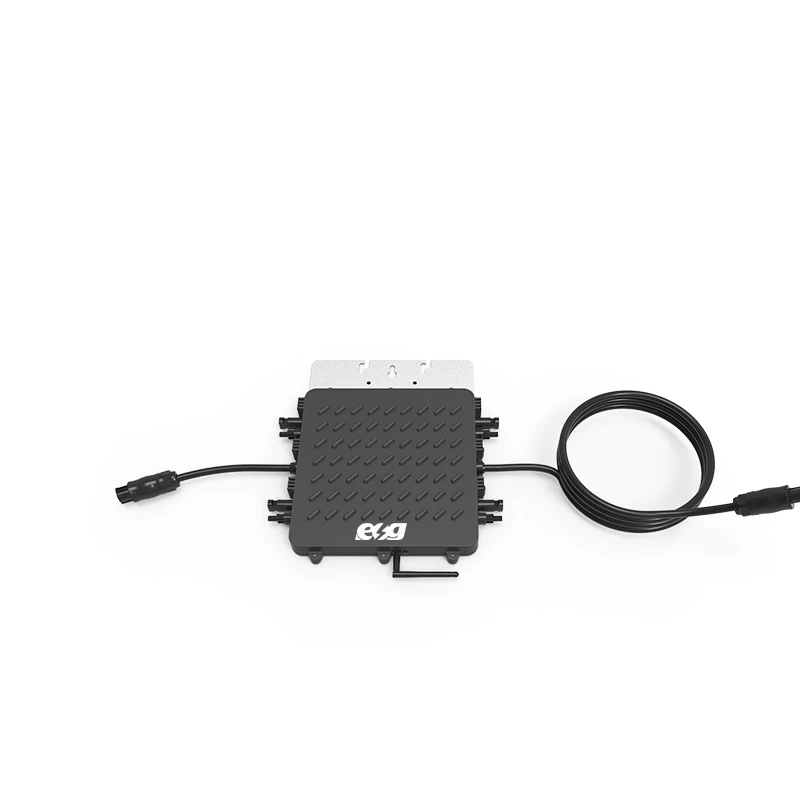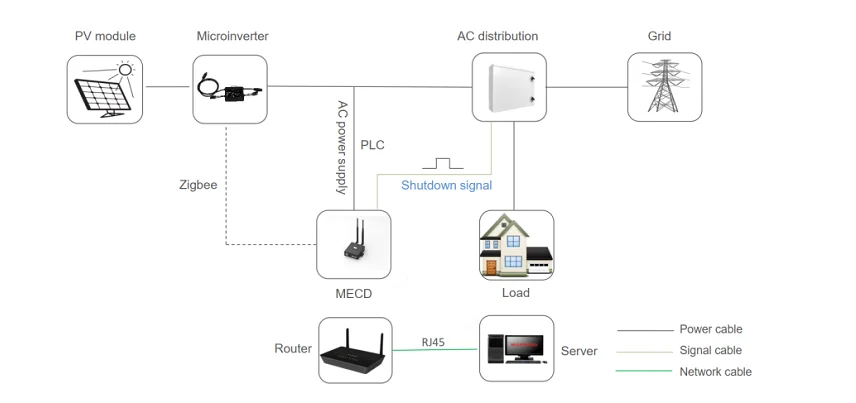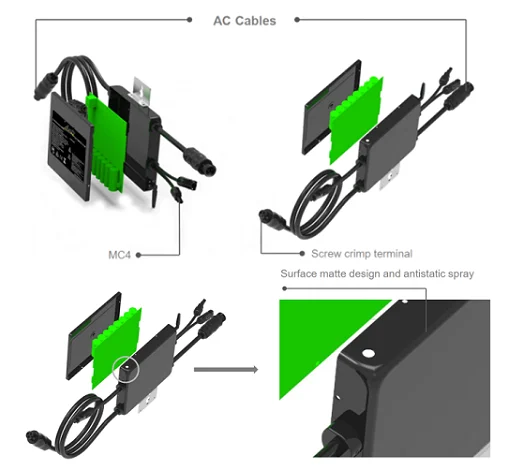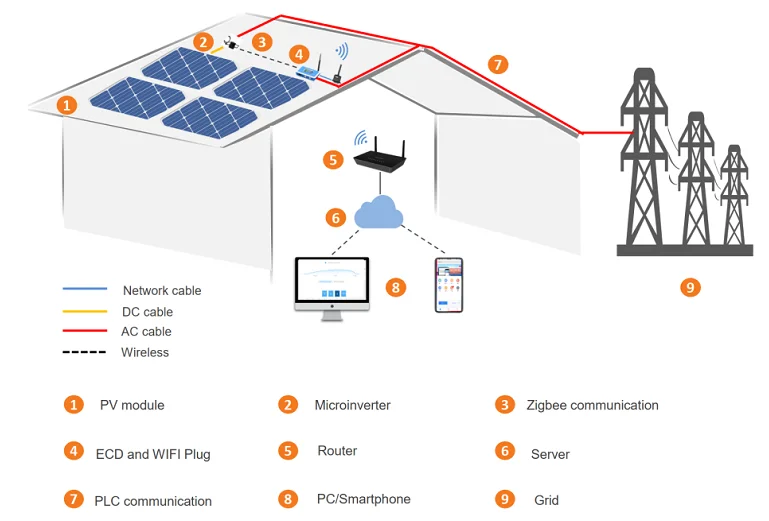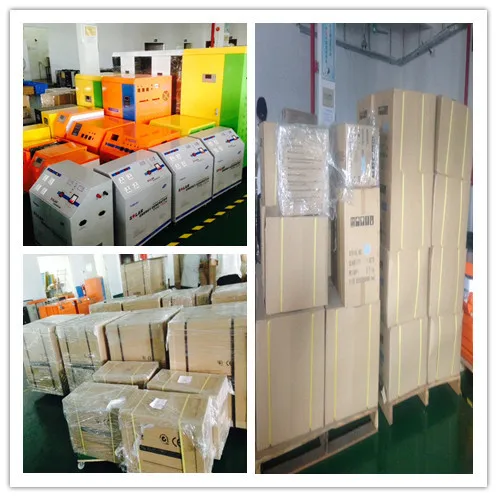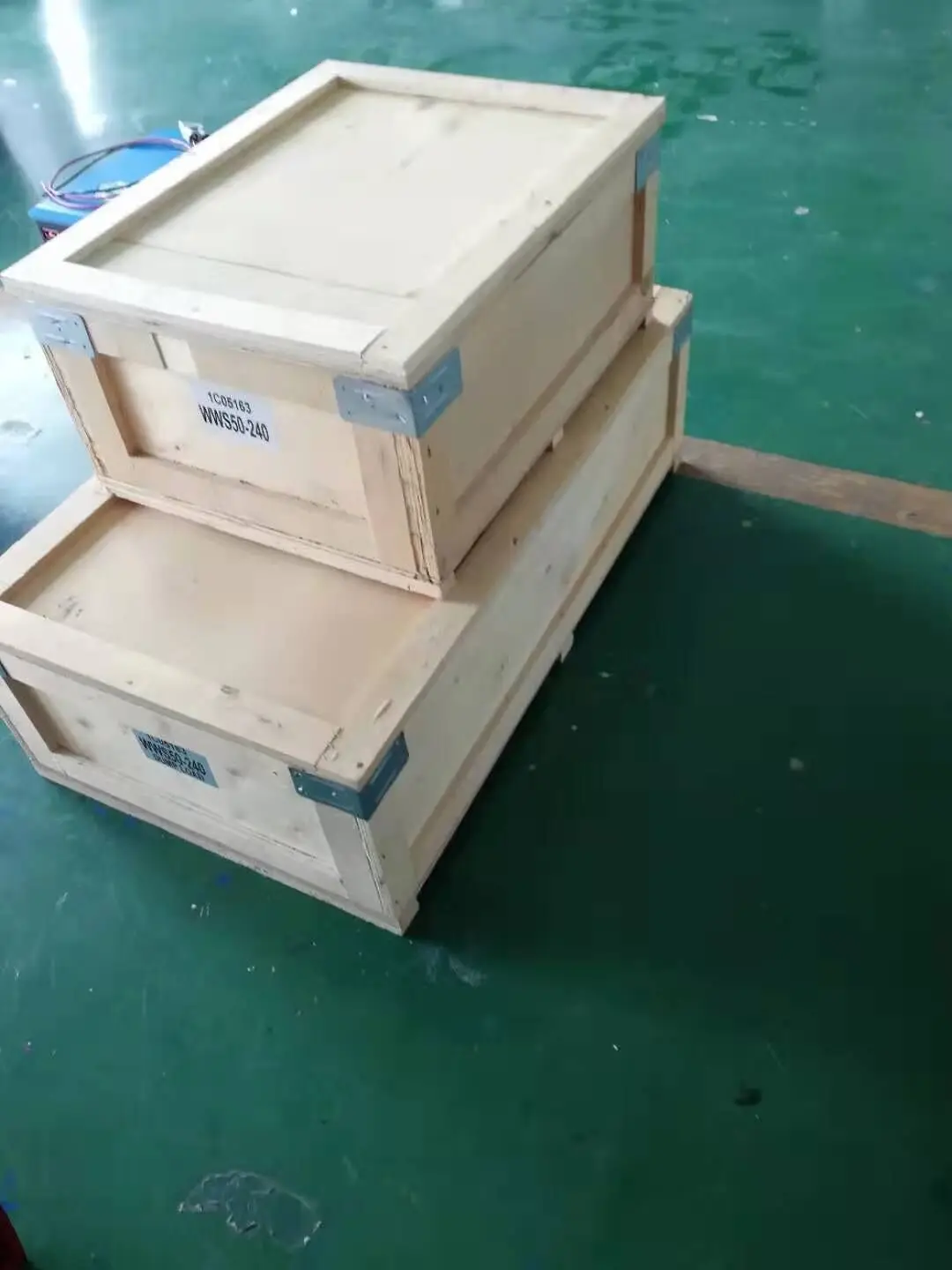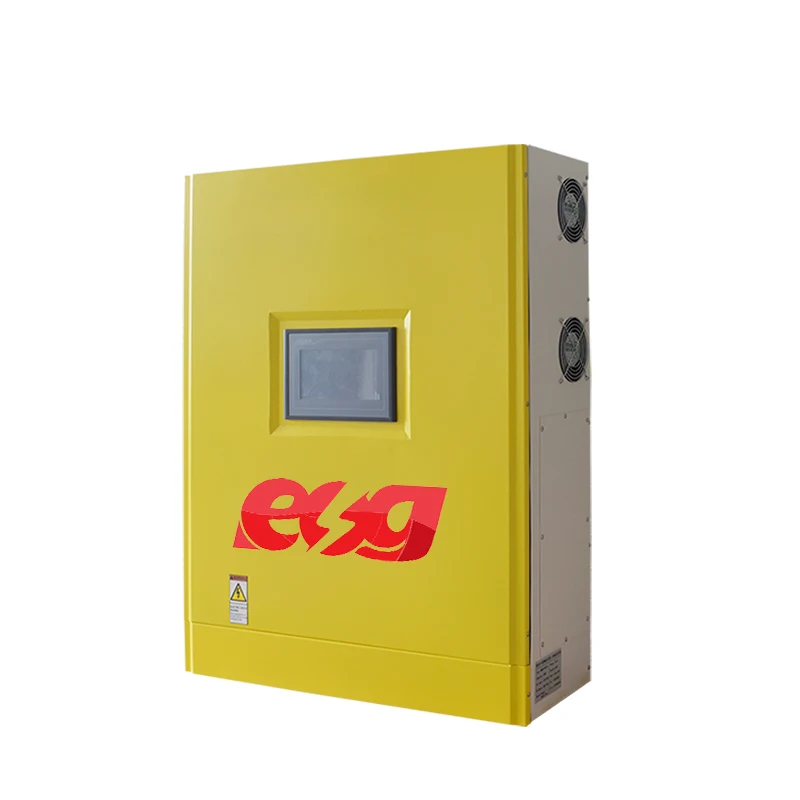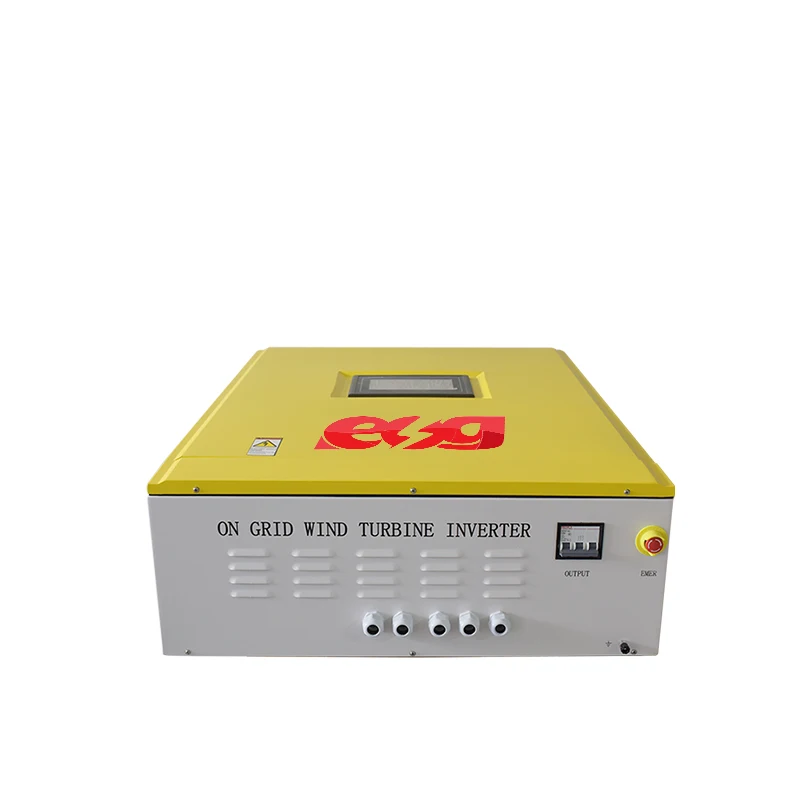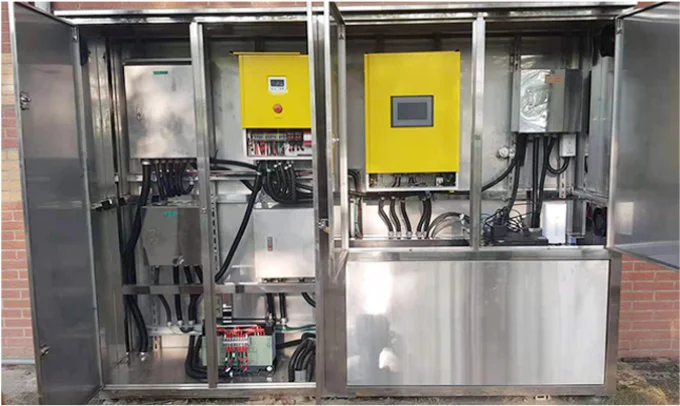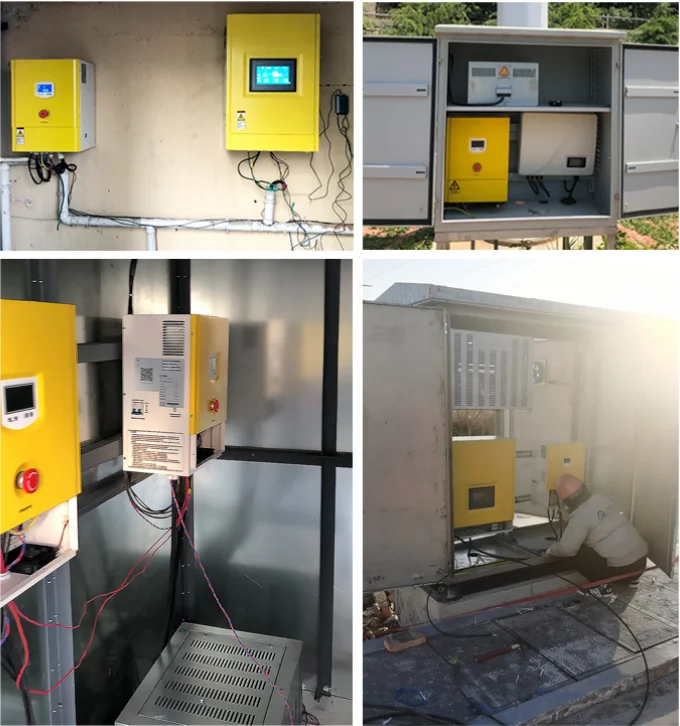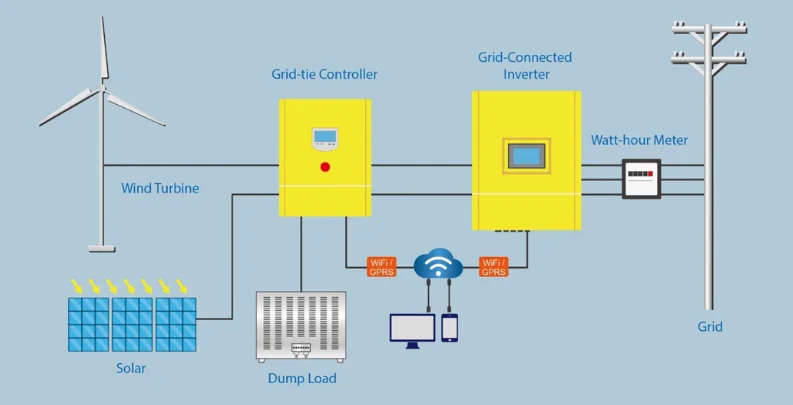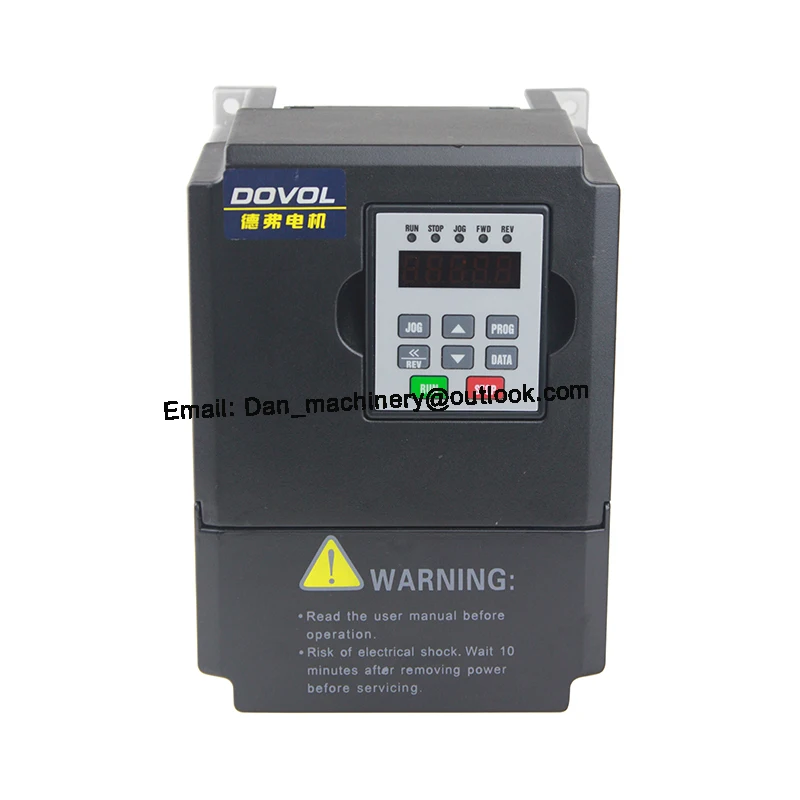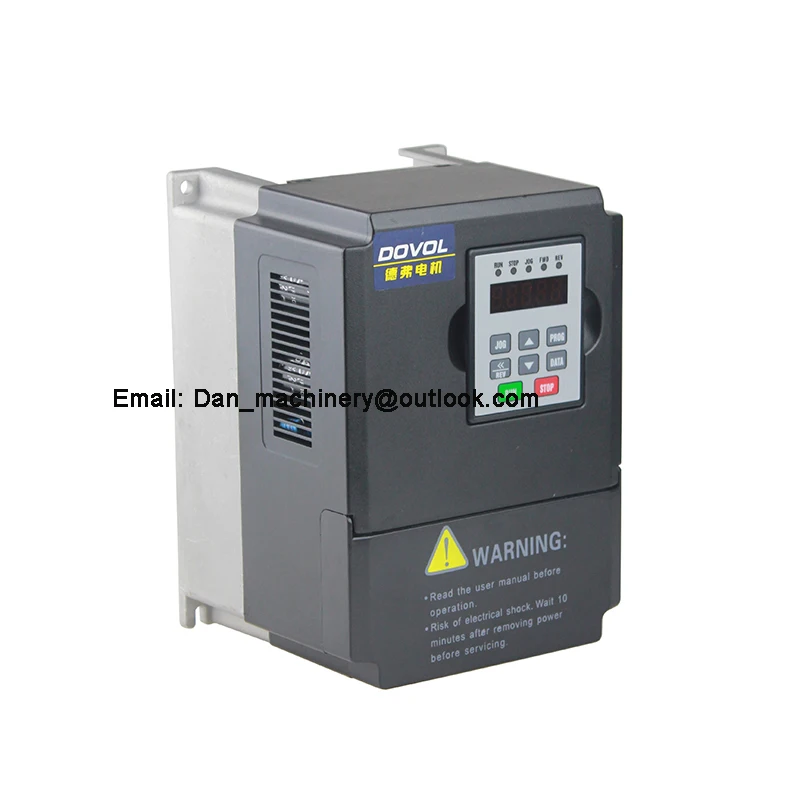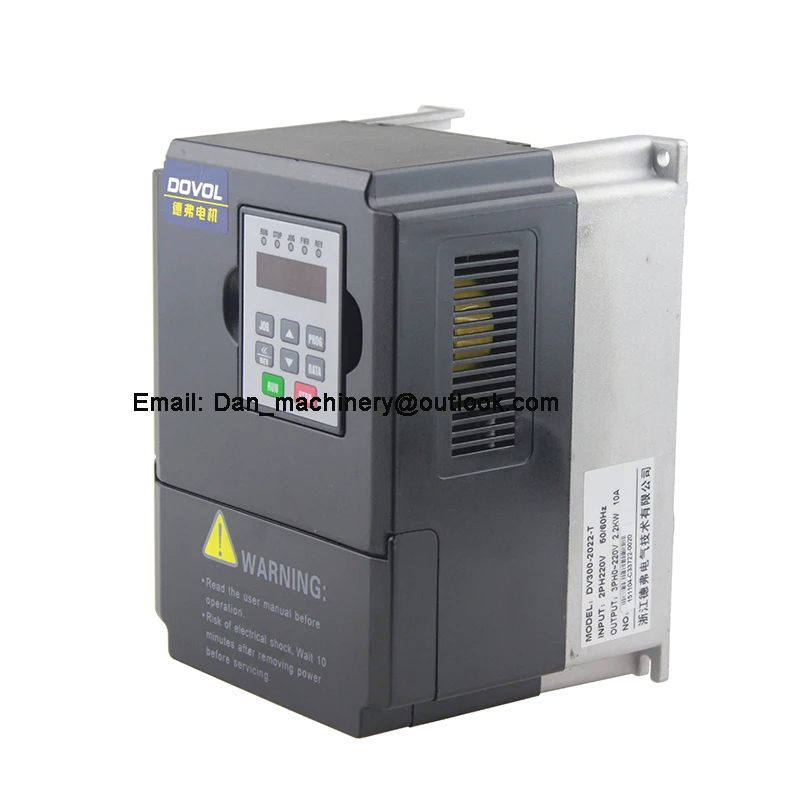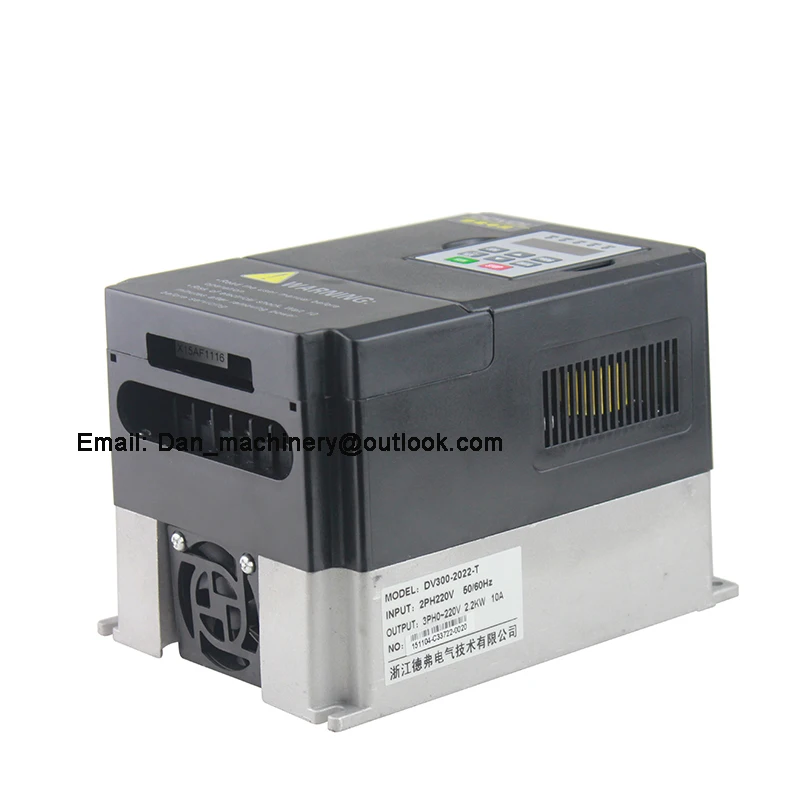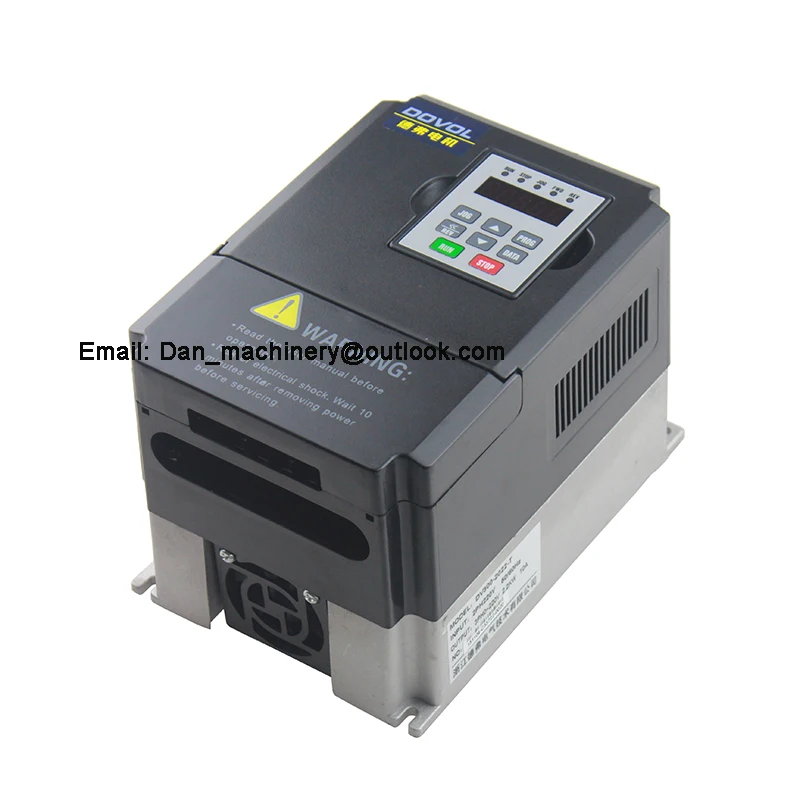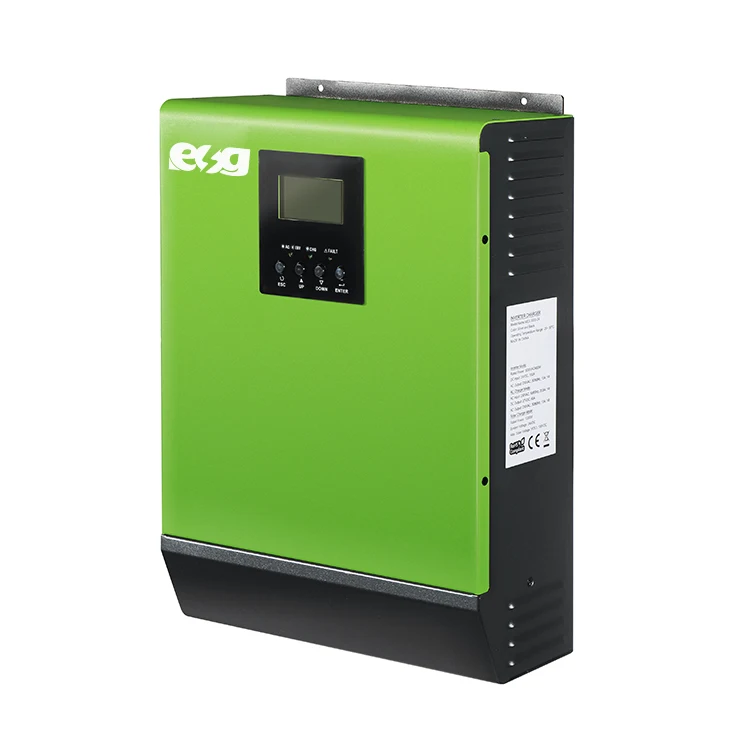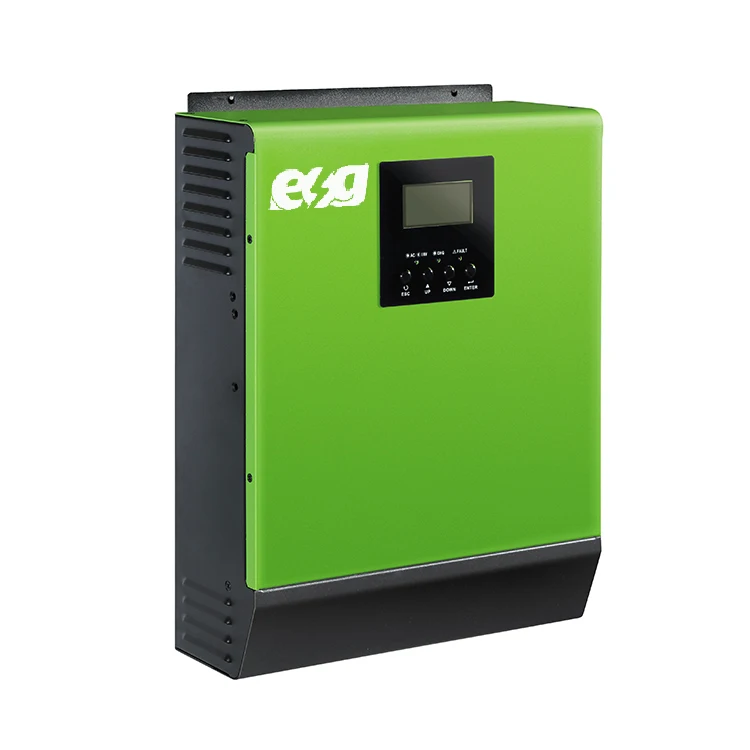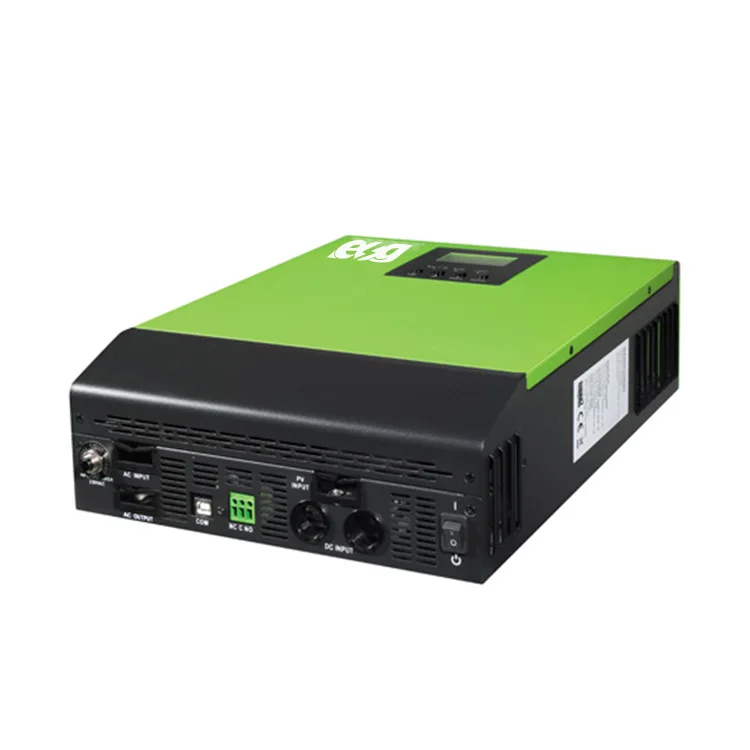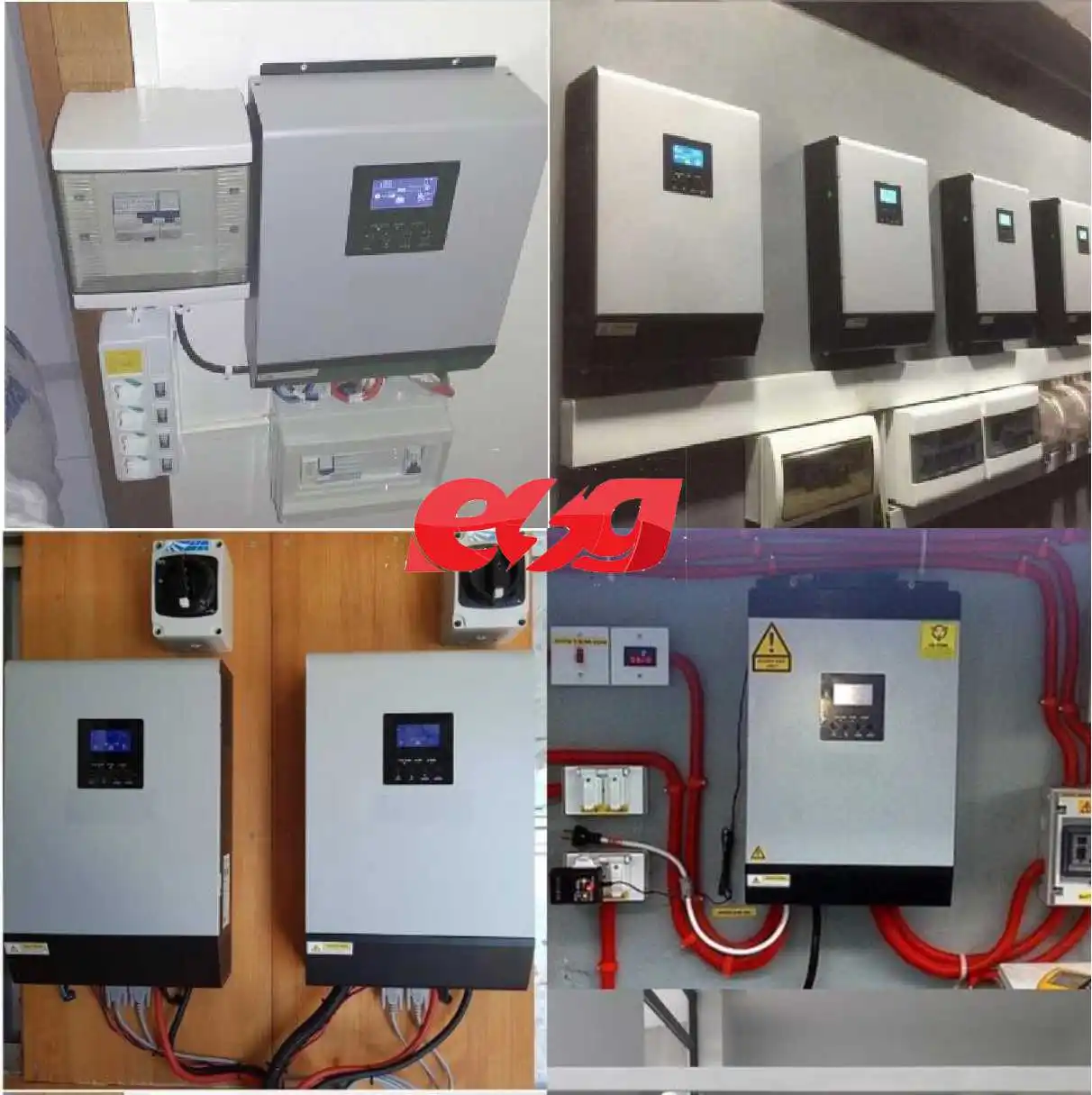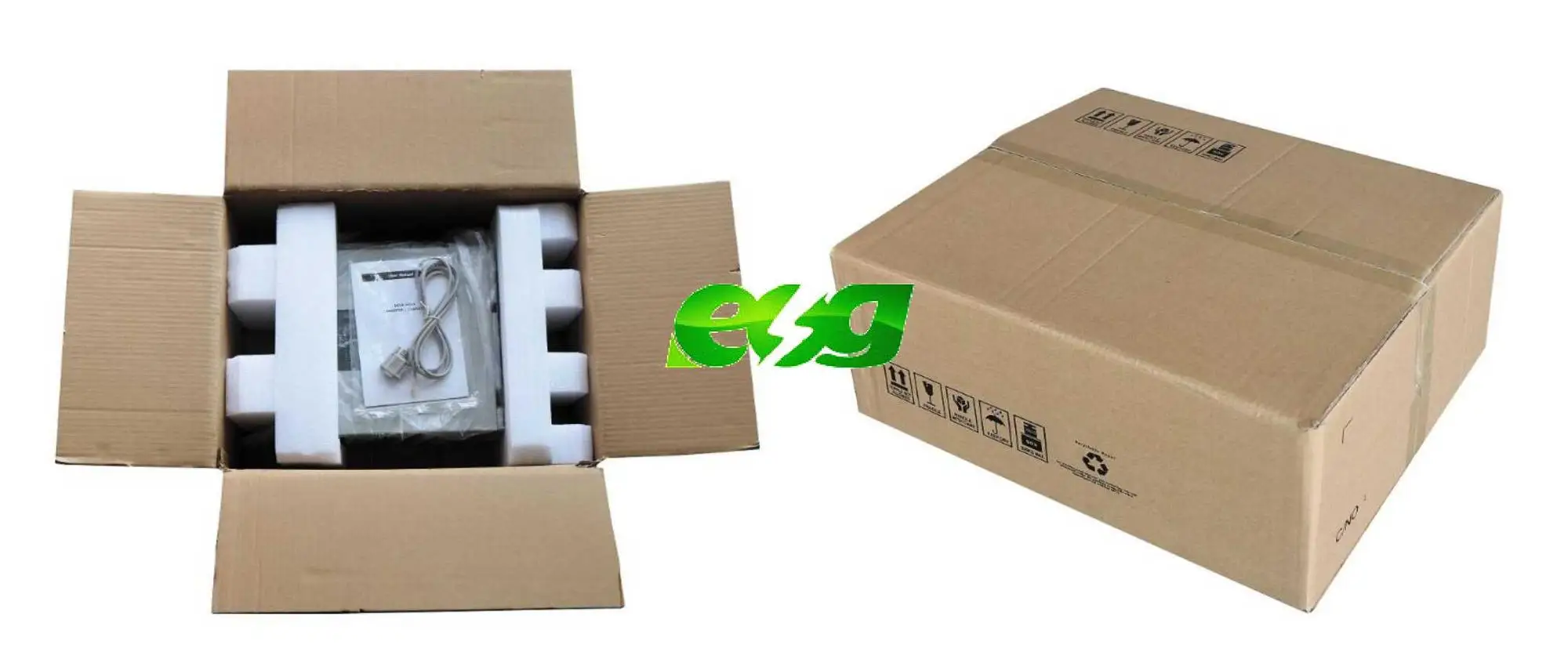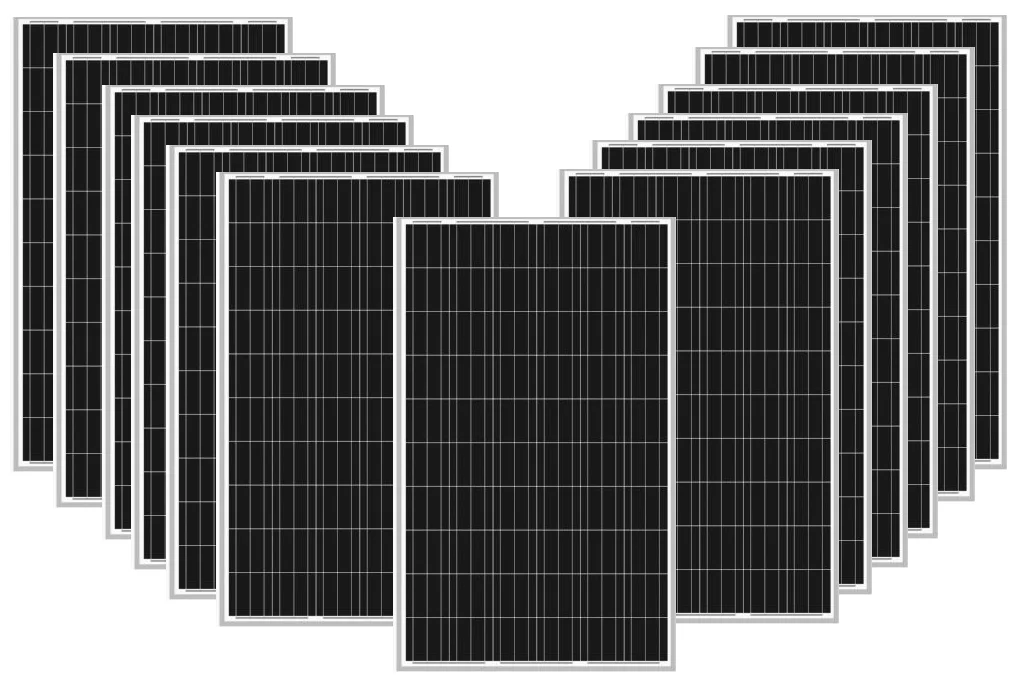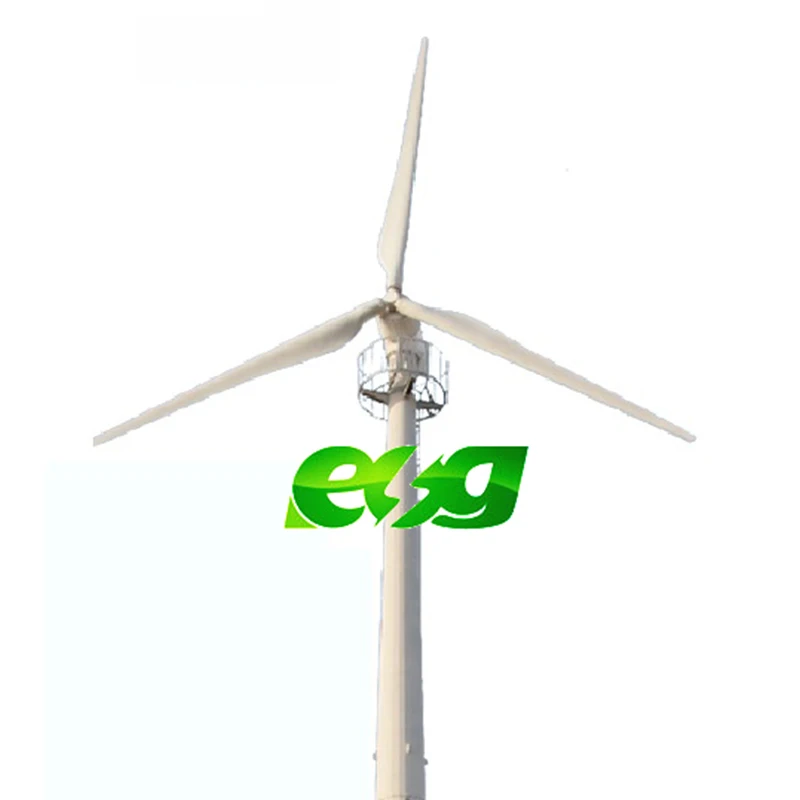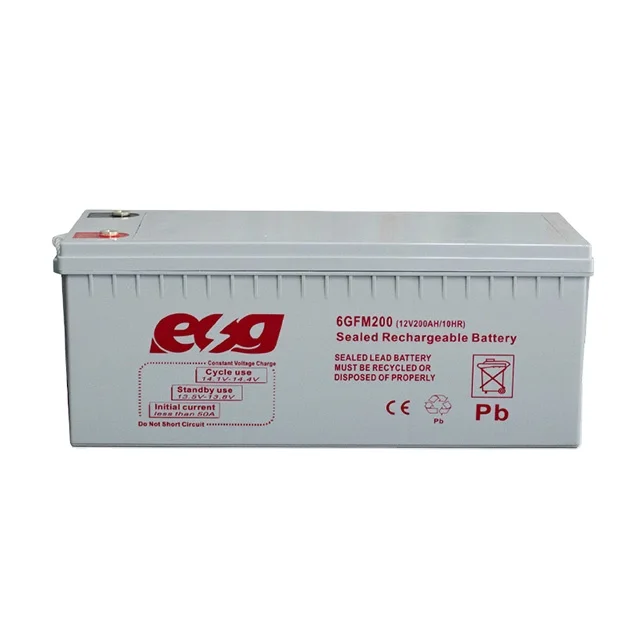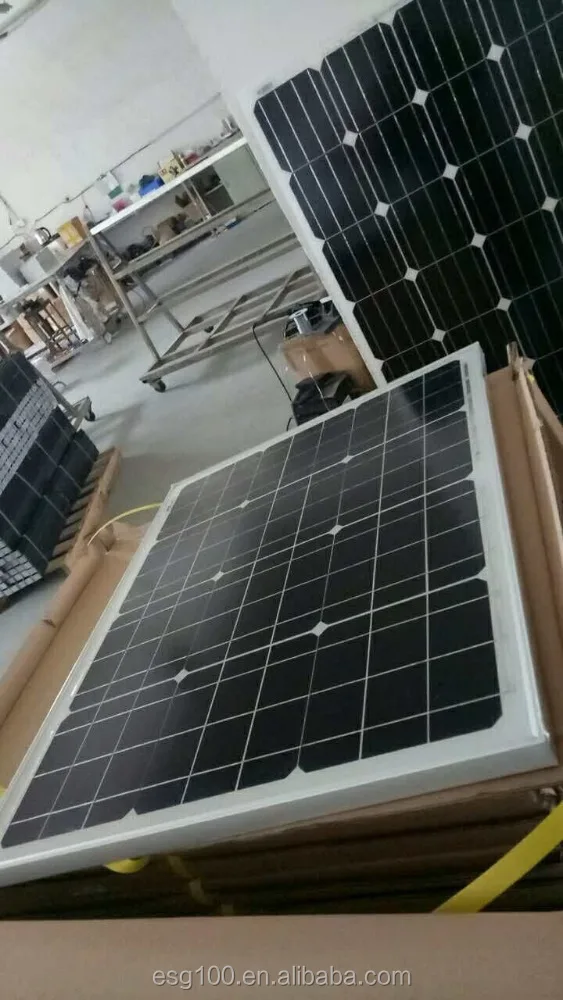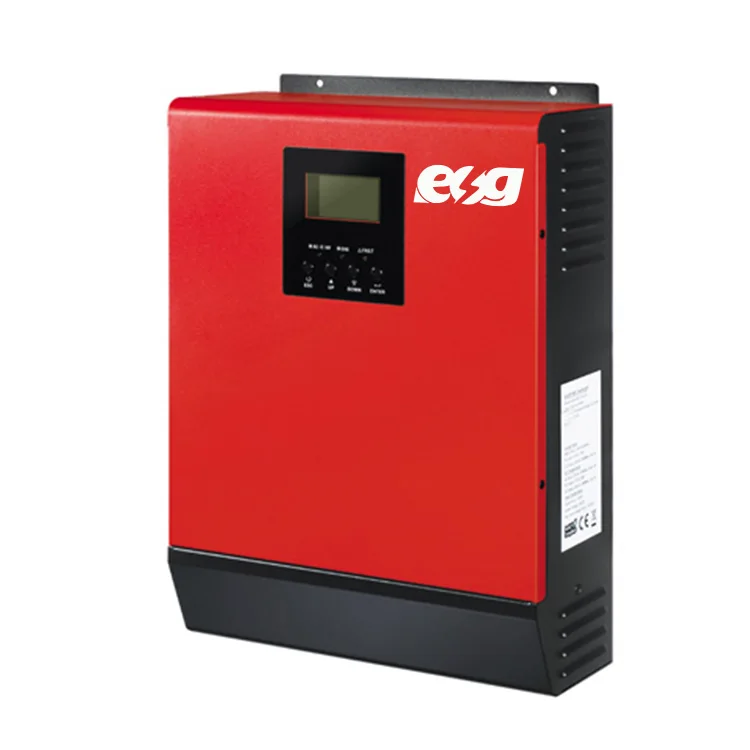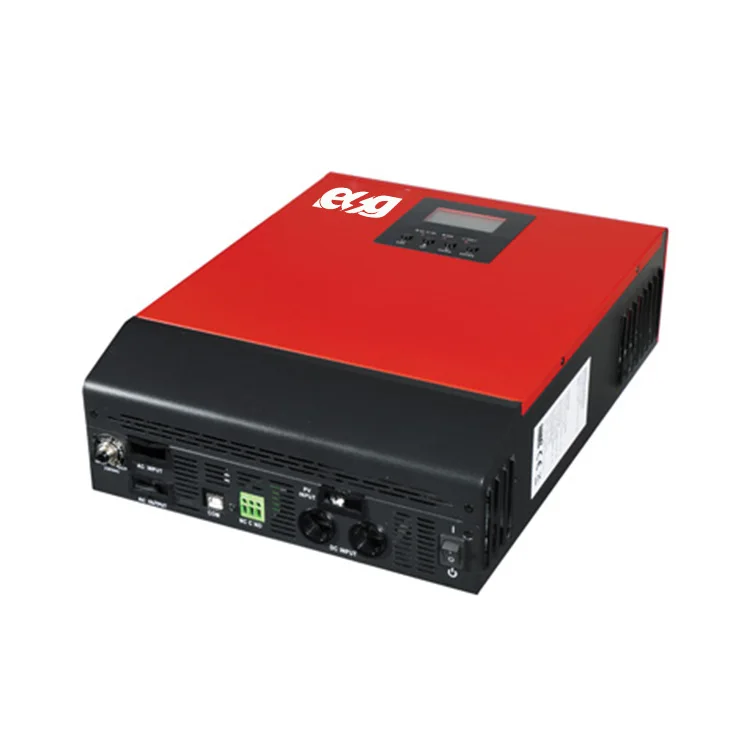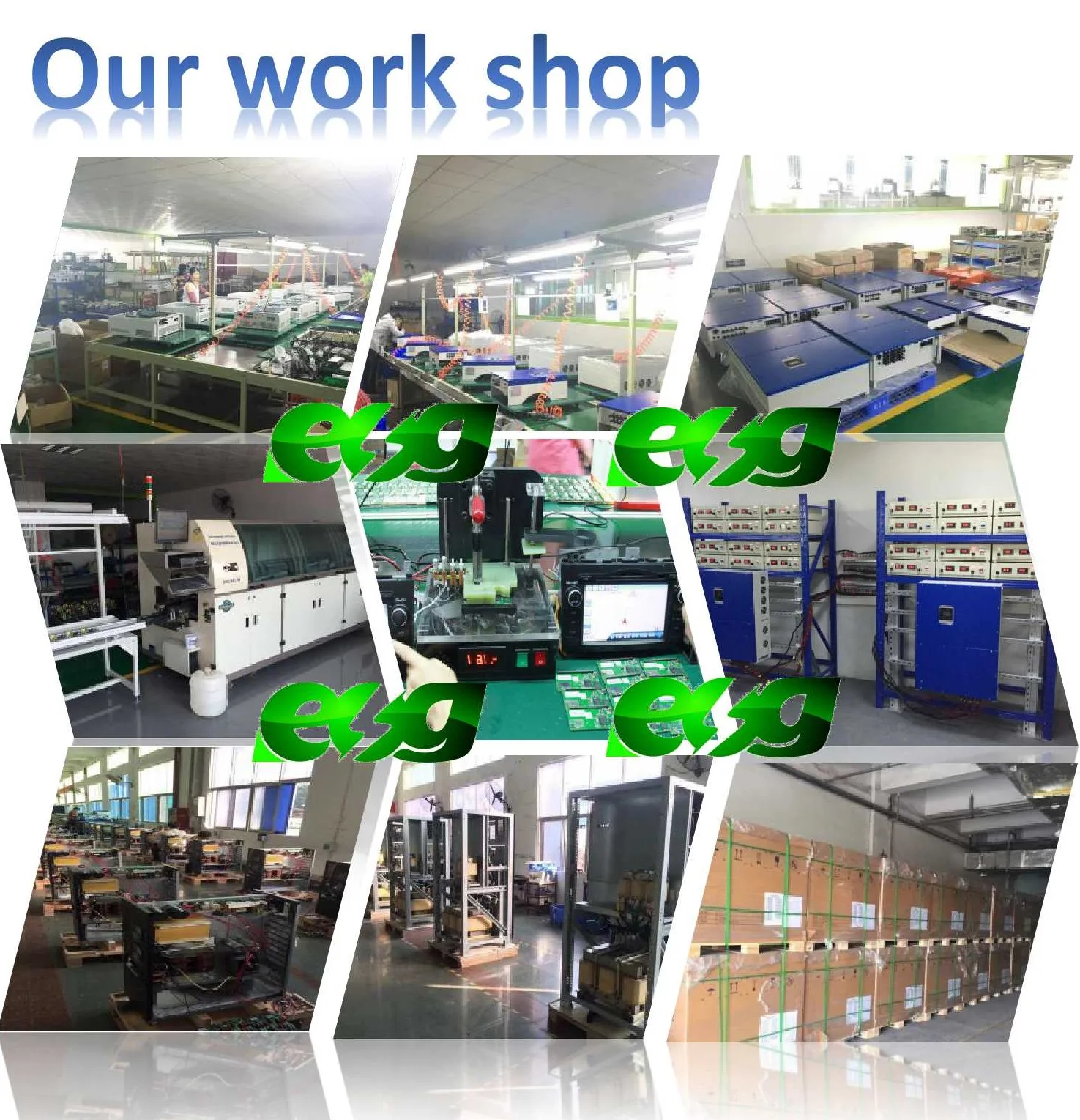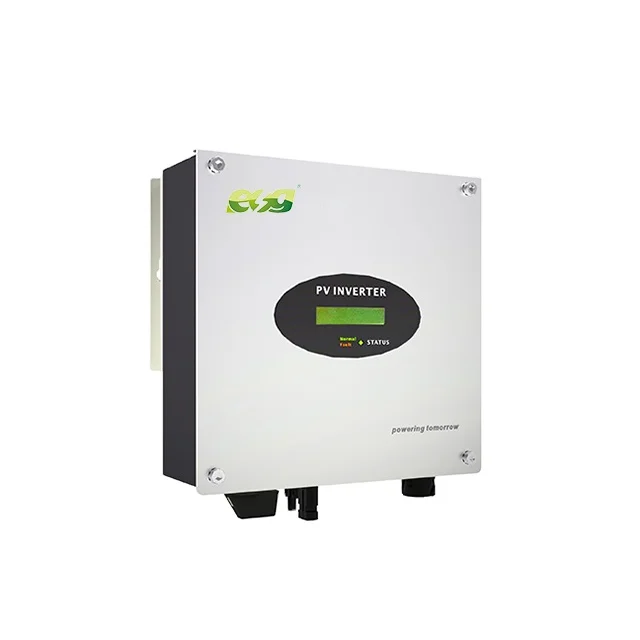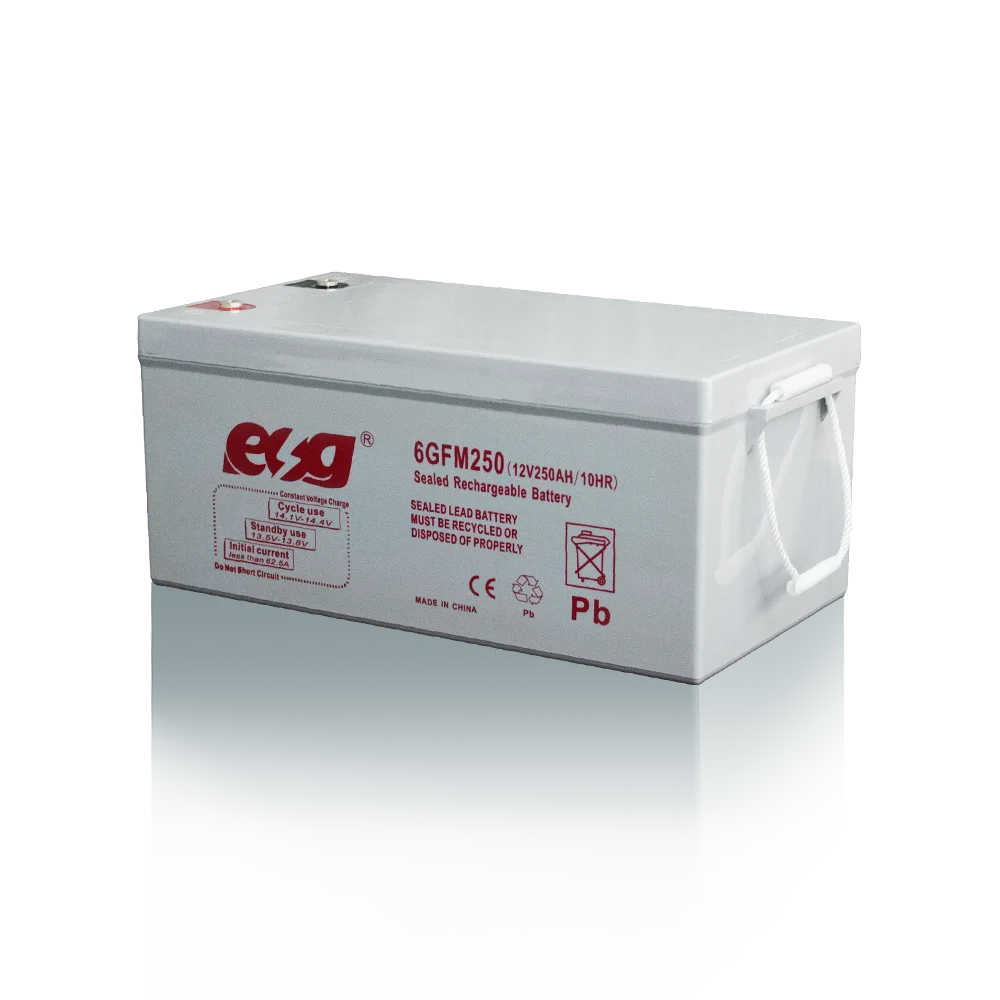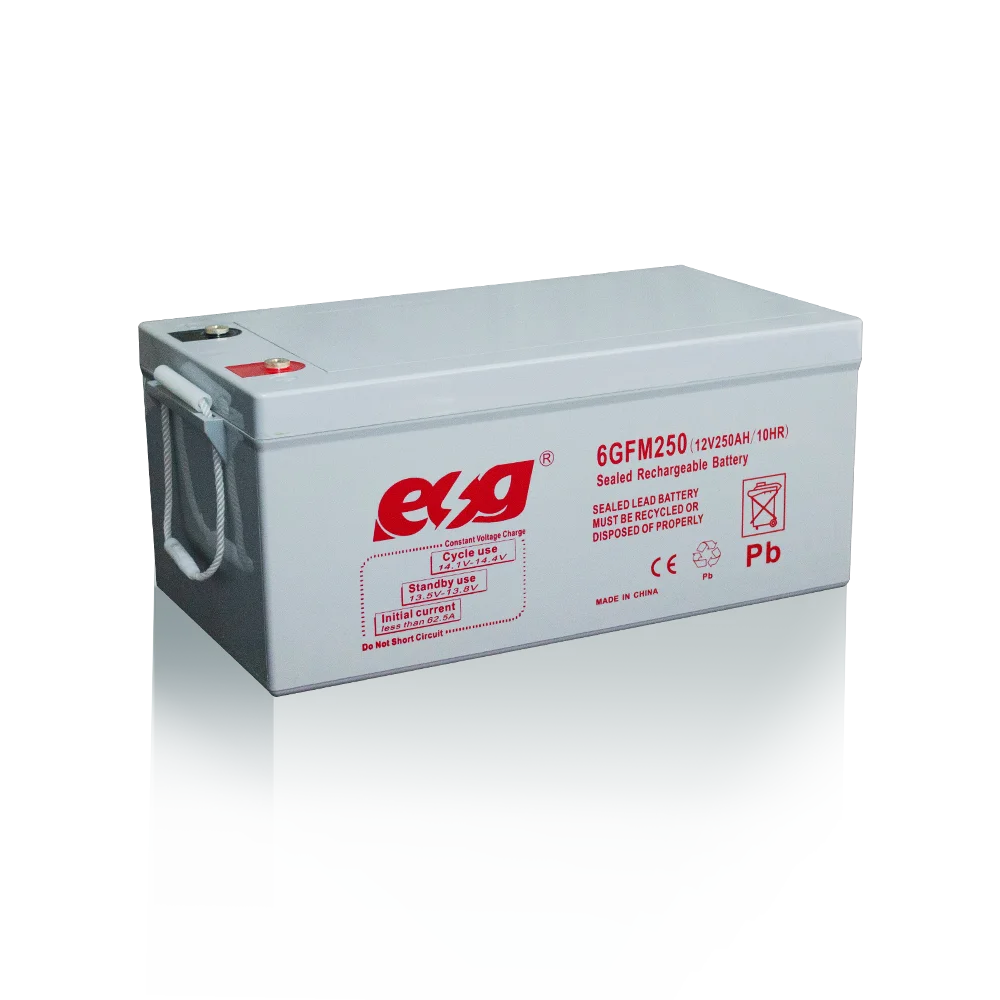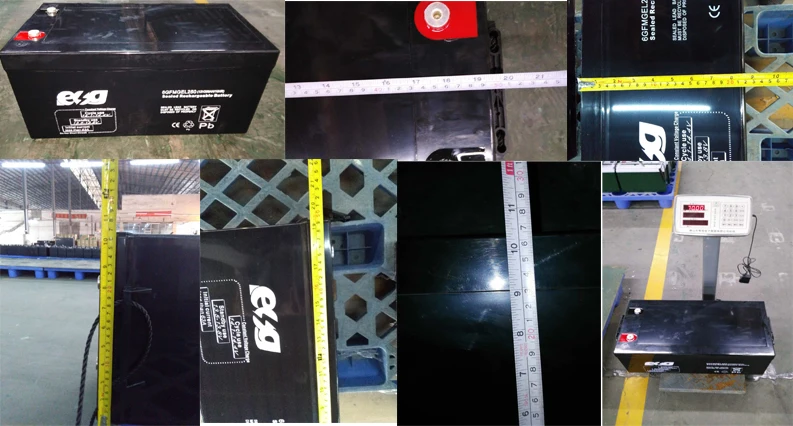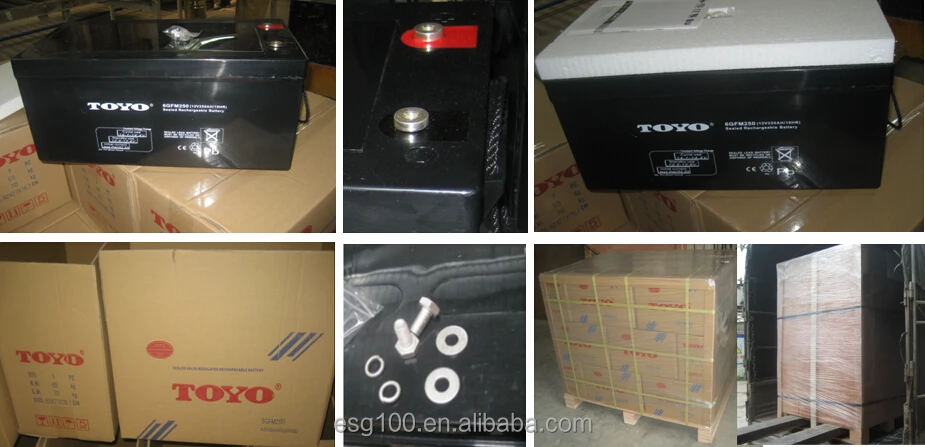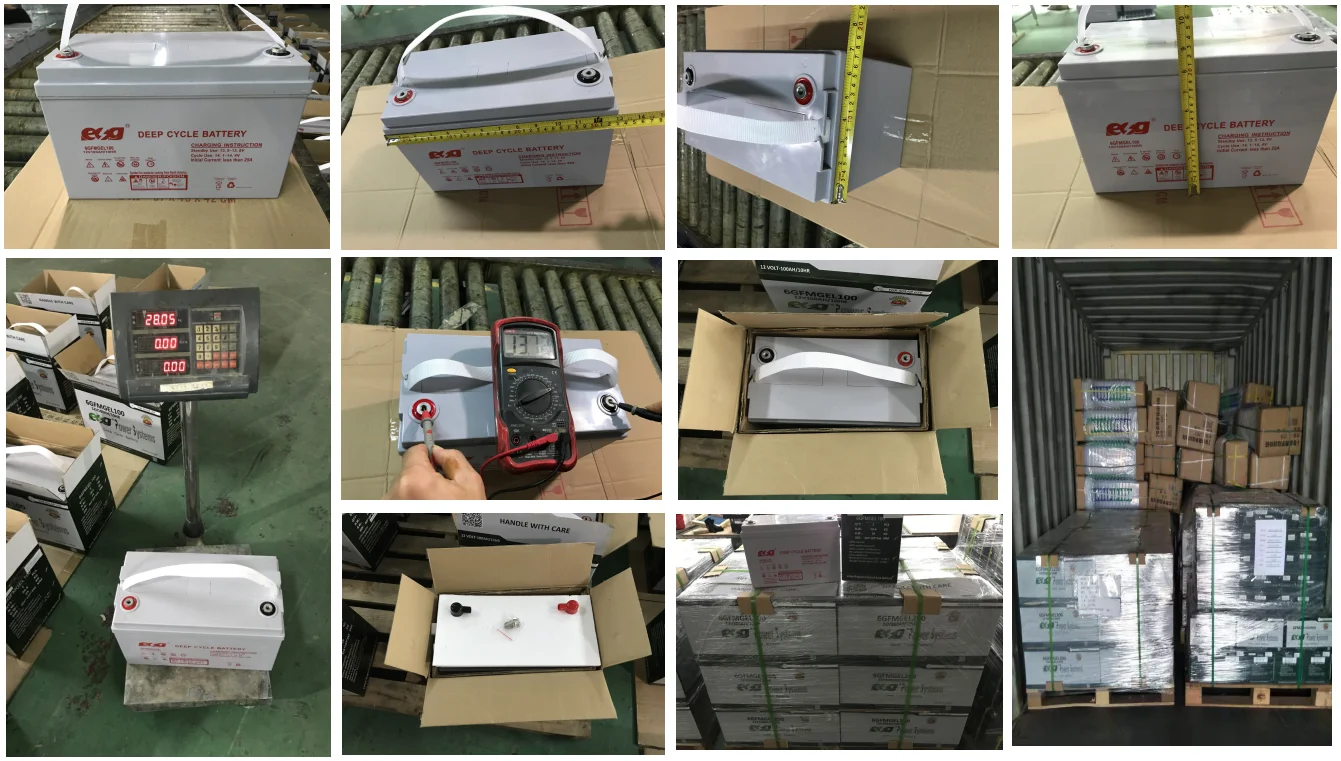Solar Pump Inverters: The Ultimate Guide for Buyers in 2025
As renewable energy solutions gain traction, solar pump inverters have become essential for efficient water management in agriculture, industrial, and residential applications. This guide explores key aspects of solar pump inverters, helping you make informed purchasing decisions in 2025.
How to Find Reliable Solar Pump Inverters from China in 2025
China remains a leading manufacturer of solar pump inverters, offering competitive pricing and advanced technology. To find reliable suppliers:
- Check certifications like CE, ISO, and TUV
- Review customer feedback on Alibaba and industry forums
- Request product samples before bulk orders
- Verify manufacturer warranties and after-sales support
What Buyers Should Know Before Buying Solar Pump Inverters from China
When importing solar pump inverters from China, consider:
- Shipping costs and import duties
- Voltage compatibility with your local grid
- Technical support availability in your region
- Spare parts accessibility
Types of Solar Pump Inverters
Three main types dominate the market:
- Submersible pump inverters - For deep well applications
- Surface pump inverters - For irrigation and water transfer
- DC pump controllers - For small-scale solar pumping systems
Functions and features of Solar Pump Inverters
Modern solar pump inverters offer:
- MPPT tracking for maximum solar energy utilization
- Dry run protection to prevent pump damage
- Remote monitoring via mobile apps
- Automatic voltage regulation
Scenarios of Solar Pump Inverters
These devices serve diverse applications:
- Agricultural irrigation in remote areas
- Livestock watering systems
- Residential water supply
- Fountain and pond circulation
How to Choose Solar Pump Inverters
Selection criteria include:
- Pump power requirements
- Solar array capacity
- Water source depth
- Environmental conditions
Solar Pump Inverters Q & A
Q: What's the lifespan of a solar pump inverter?
A: Quality units last 8-10 years with proper maintenance.
Q: Can solar pump inverters work with grid power?
A: Hybrid models support both solar and grid/AC power inputs.
Q: How much maintenance do they require?
A: Minimal - just periodic cleaning and connection checks.
Q: What size inverter do I need for a 1HP pump?
A: Typically a 1.5kW inverter allows for startup power surges.
Q: Are Chinese solar pump inverters reliable?
A: Reputable manufacturers produce units matching global standards at competitive prices.


